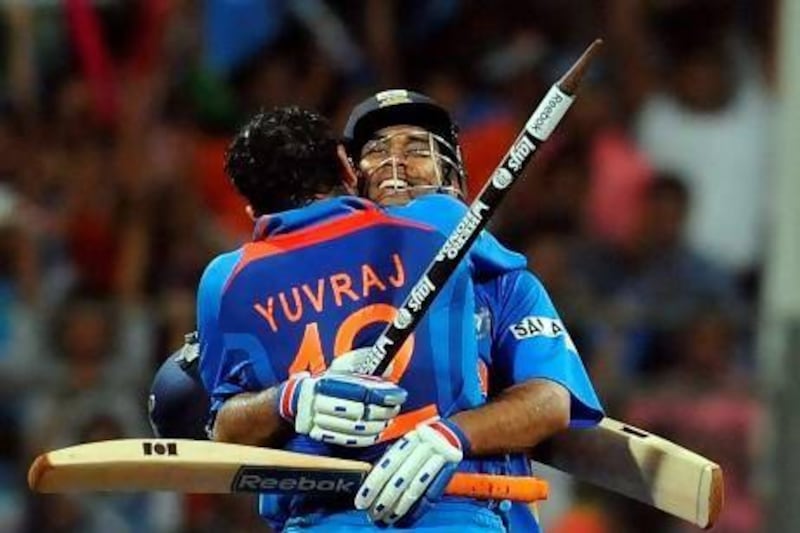The last time the Champions Trophy was upon us, back in September 2009 in South Africa, it felt in the run-up that we were on our way to a funeral.
All talk centred on that being the last Champions Trophy and the subsequently inevitable death of the one-day international (ODI).
Some boards had already scrapped their domestic 50-over tournaments; Sachin Tendulkar, one of the format's greatest batsman, said dividing it into a four-innings format might work; others said it needed reducing to 40 overs.
The rise of Twenty20s, internationally and domestically, was still so prodigious and unsullied that the death of the ODI seemed a natural by-product.
Haroon Lorgat, then the International Cricket Council (ICC) chief executive, arranged a teleconference in which the message to journalists from around the world was that the impending death of the ODI had been greatly exaggerated and that a short, sharp Champions Trophy, contested only by the world's top eight sides, would prove it.
It is not often said, but the ICC was right. Including Sunday's game between England and New Zealand, 455 ODIs have been played since that Champions Trophy final in just under four years, including a fairly successful World Cup.
That number is considerably down on the number of ODIs played in the same period before (and including) that final: 583.
But a reduction is in no way indicative of a fatal condition. In fact, if we are charitable, we could assume it to be a scraping away of the fat of ODIs.
That was always the main problem with the ODI rather than the format itself: there were too many of them, too many without meaning.
So, the ODI is not dead. Should it be? Not to these eyes. One of the underlying joys of cricket is its treatment and interpretation of time in sport.
We take in an hour's burst of runs as readily as we do a twenty-minute collapse of wickets; we acknowledge two days of nothing in particular as happily as the adrenalin-fuelled one sandwiched in between; 15 overs of single-hunting holds its place alongside 10 overs of death bowling and slogs. This is life with moods within moods.
The game needs time and space to reveal those moods. An innings can be about setting an agenda, or about salvation. It can be about stealth and accumulation. A batsman can defend and attack in one hand, a bowler can seek wickets or stem the flow of runs in one spell.
The beauty of 50 overs is that it locates just the right balance in cricket's basic working tension: that sense of leisure, placed within a bigger framework of hurry. You have plenty of time, but ultimately, there is a limit to the plenty.
Twenty20 greatly narrows this equation, actually reducing it to a far-less-complex one. In Twenty20 you have no time and no leisure.
Fifty overs still provides a broad-enough canvas, and an examination prolonged enough of any player.
It is long enough that, if there is a twist, it is felt that much more, long enough that the central idea of time is duplicitous: you have more than you think, but also less.
If crowded international calendars is still an issue, maybe it is time to look at whether international cricket is the natural home for the Twenty20. Other than when the World Twenty20 takes place, what is an important Twenty20 international?
The ICC limits bilateral contests to no more than a series of three T20s so that, one, there are not enough of them internationally to create lasting context and two, they are dependent almost exclusively on full bilateral tours. There are no other fixed tournaments for the format at international level.
Instinctively and increasingly, the place for Twenty20 cricket feels right among the new, monied leagues sprouting up in every full-member country. In administration these leagues may be domestic, but in ambition, flavour and participation they are international enough to generate interest across boundaries and borders.
Which leads us to end on this note of irony: these very leagues, which could be the T20's home, are looking much flimsier and prone to corruption – a lot less healthy in other words – than the ODI right about now.
Follow us
[ @SprtNationalUAE ]
Do you agree with Osman? Email us and let us know your thoughts on the health of ODI cricket sports@thenational.ae





